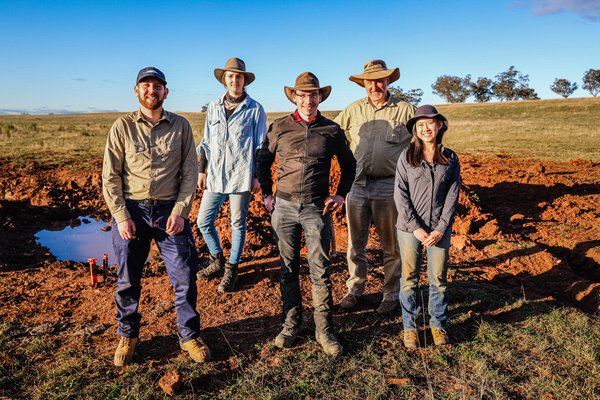Just what is Australia’s Dingo?

© Australian Museum
Almost everything about the Dingo is controversial, including its scientific name.
The taxonomic identity of the Australian native dog or Dingo has been controversial ever since its initial description by European scientists in 1792. In a recent publication we review available data and conclude that the Dingo is not a separate species but a feral population of an ancient breed of the Domestic Dog (Canis familiaris) that was carried to Australia by humans during prehistory.
When Europeans came to the Australian continent they encountered Dingoes in two different contexts, as companion animals living with Aboriginal people and as wild animals. However, it is largely wild Dingoes that have been the focus of ongoing scientific debate regarding their origins, taxonomic status, and conservation values.
Since the late 18th Centenary, Dingoes have been referred to by various names including Canis dingo, Canis antarticus, Canis lupus dingo, Canis familiaris and Canis familiaris dingo. Of these, C. l. dingo and C. f. dingo have been most frequently used, but it was recently proposed that the Dingo should again recognized as a full species - Canis dingo.
In evaluating this hypothesis we reviewed available morphological, genetic, ecological and biological data for the Dingo, Domestic Dogs and Wolves. These data do not support the notation that the Dingo is a separate species but are consistent with Dingoes being a feral population of an ancient breed of the Domestic Dog (Canis familiaris) that was introduced to Australia by humans about 4,000 years ago. Nor is the use of the name Canis dingo supported under established zoological nomenclature protocols.
A lack of formal taxonomic recognition as a named species or subspecies should not diminish the scientific, ecological and cultural significance of Dingoes. Dingoes remain of great scientific interest as an early representative of Domestic Dogs that were subsequently replaced across most of Asia by more recent dog breeds. Dingoes also appear to play an important ecological role in many Australian ecosystems and they remain an iconic and evocative symbol of ‘wild’ Australia. It is therefore of concern that Dingoes are increasingly threatened by interbreeding with other breeds of Domestic Dogs.
Dr Stephen Jackson, Associate Director, CEP, Australian Museum.
Dr Mark Eldridge, Principal Research Scientist, Terrestrial Vertebrates, Australian Museum.
More information:
- Jackson, S.M., Groves, C.P., Flemming, P.J.S., Aplin, K.P., Eldridge, M.D.B., Gonzalez, A. and Helgen, K.M. 2017. The wayward dog: Is the Australian native dog or dingo a distinct species? Zootaxa 4317: 201-224. http://www.mapress.com/j/zt/article/view/zootaxa.4317.2.1
- Jackson, S.M., Fleming, P.J.S., Eldridge, M.D.B., Archer, M., Ingleby, S., Johnson, R.N. & Helgen, K.M. (2021) Taxonomy of the Dingo: It’s an ancient dog. Australian Zoologist 41: 347-357.
- Jackson, S.M., Fleming, P.J.S., Eldridge, M.D.B., Ingleby, S., Flannery, T.F., Johnson, R.N., Cooper, S.J.B., Mitchell, K.J., Souili, T., Cooper, A., Wilson, D.E. & Helgen, K.M. (2019) The dogma of dingoes - Taxonomic status of the dingo: A reply to Smith et al. Zootaxa 4564: 198–212.













